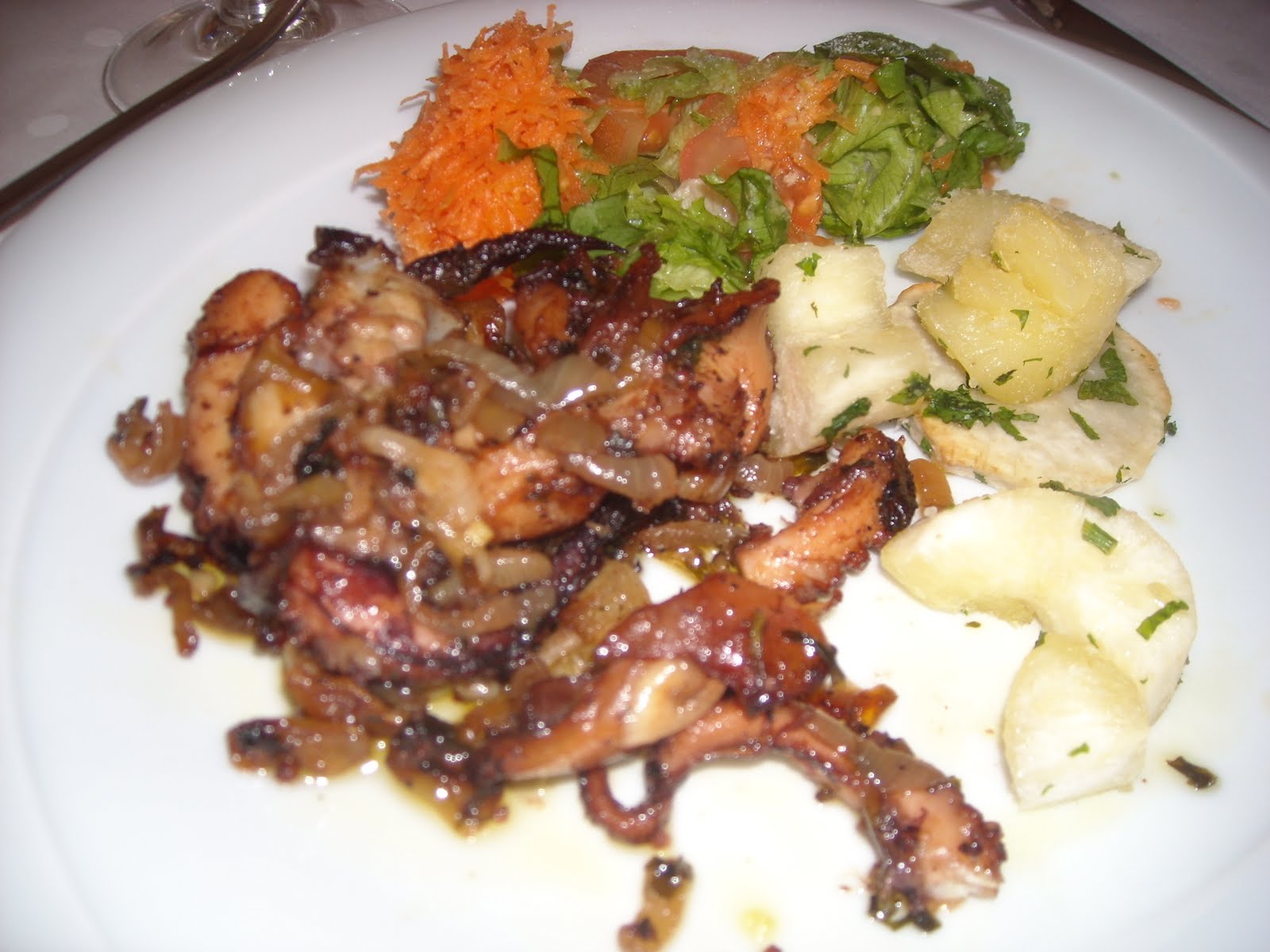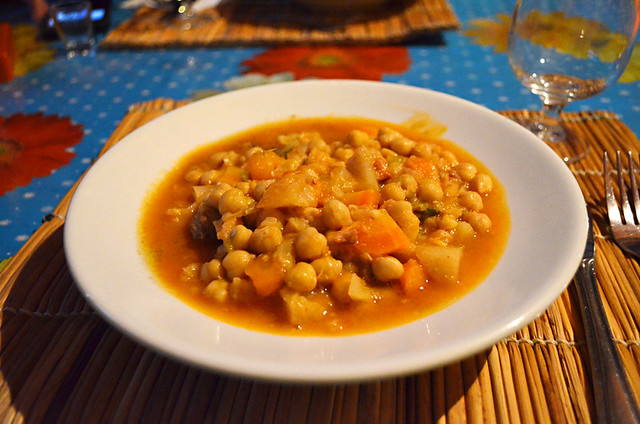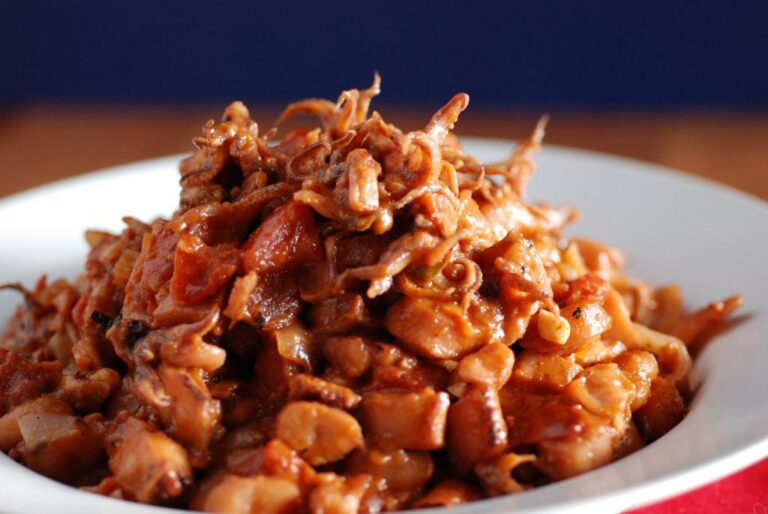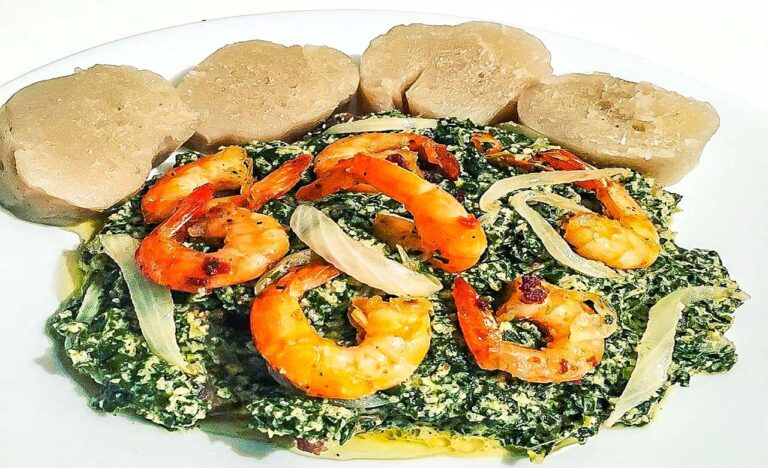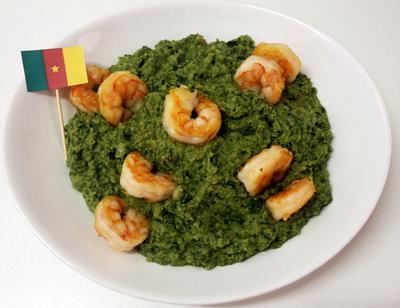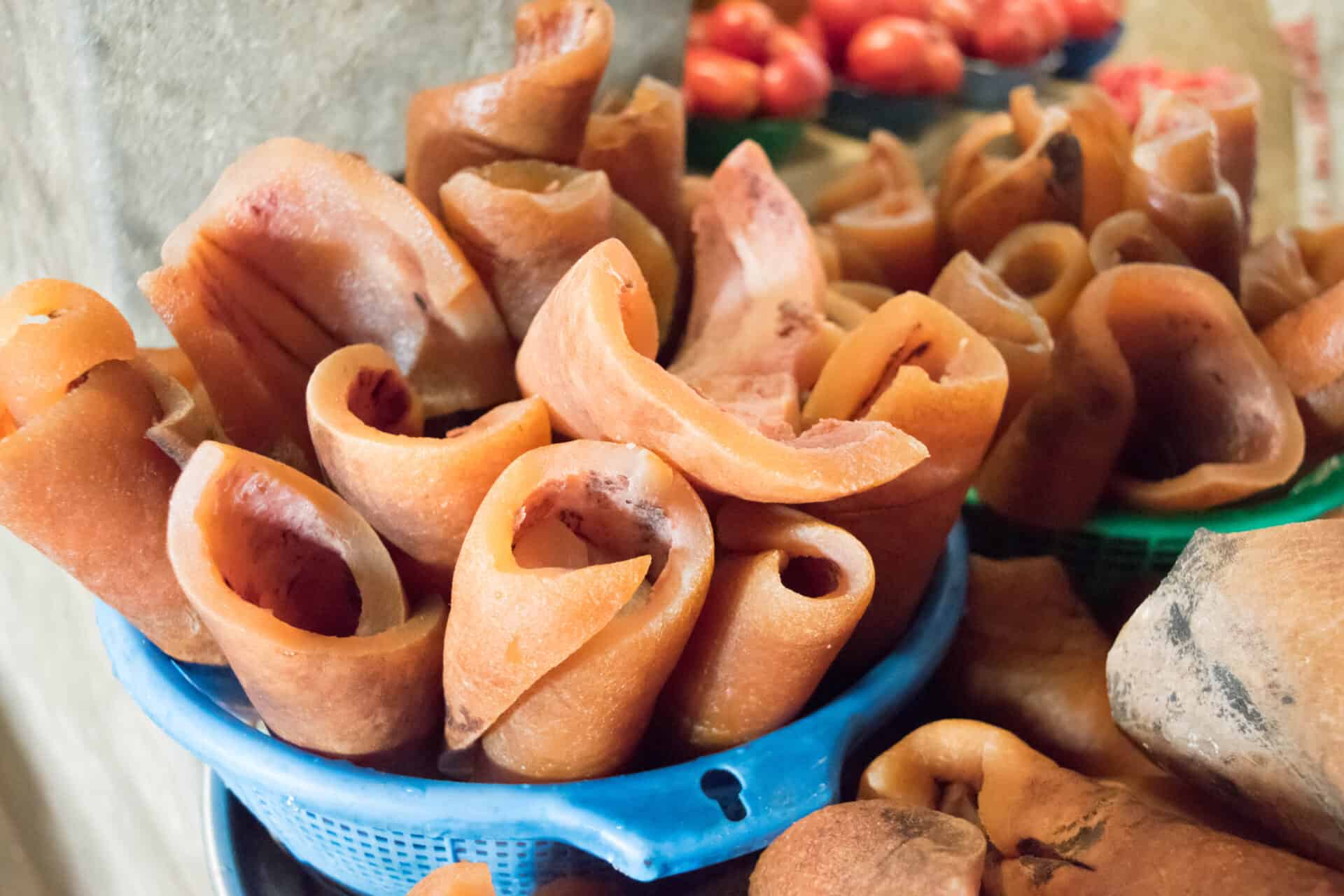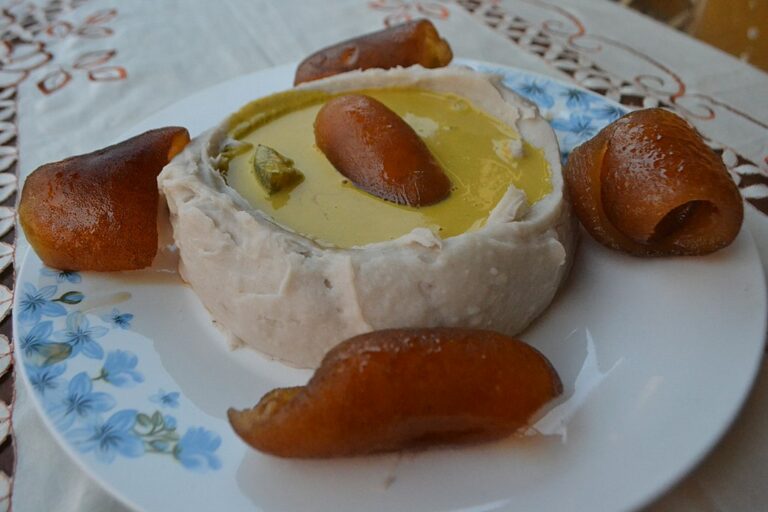Introduction: Cabo Verde’s Street Food Scene
Cabo Verde, an archipelago located off the coast of West Africa, is a melting pot of cultures and flavors. The country’s street food scene is a reflection of its unique history and diverse population. Visitors can find a variety of delicious dishes, from fresh seafood to traditional stews and sweet treats. Each island in Cabo Verde has its own specialties, making it a food lover’s paradise.
The Unique Blend of Cultures in Cabo Verde
Cabo Verde’s street food is a mix of African, Portuguese, and Brazilian influences. The country’s history of slavery, colonization, and immigration has shaped its cuisine, resulting in a unique blend of flavors and ingredients. The use of spices, such as paprika, cumin, and cinnamon, is common in Cabo Verdean cuisine. Seafood is also a staple, with fresh fish, lobster, and octopus available at many street food stalls. In addition to these influences, Cabo Verdean cuisine is also characterized by its use of corn, beans, and sweet potatoes.
Sal Island’s Cachupa Rica: A National Dish
Cachupa Rica is a national dish in Cabo Verde, and Sal Island is known for its version of this hearty stew. The dish consists of corn, beans, vegetables, and meat or fish. It is typically cooked slowly over a wood stove and seasoned with bay leaves and garlic. Cachupa Rica is often served with rice or bread and is a popular dish at festivals and celebrations.
Fogo Island’s Unique Queijo de Figueira
Fogo Island is known for its unique cheese, Queijo de Figueira. This cheese is made from the milk of cows that graze on fig trees, giving it a distinct flavor. The cheese is aged for several months and is often served with bread or crackers. Queijo de Figueira has a strong flavor and is a must-try for cheese lovers.
Savoring Buzio’s Famous Grilled Lobster
Buzio is a small island in Cabo Verde that is famous for its grilled lobster. The lobster is caught fresh and grilled over an open flame, giving it a smoky flavor. It is often served with rice, vegetables, and a side of garlic butter. Buzio’s grilled lobster is a must-try for seafood lovers.
Praia Island’s Sweet Treat: Bolacha Maria
Praia Island is known for its sweet treat, Bolacha Maria. These thin, crispy cookies are made from flour, sugar, and eggs and are often served with tea or coffee. They are a popular snack in Cabo Verde and can be found at many street food stalls.
Santo Antao Island’s Tasty Grogue Cake
Santo Antao Island is known for its Grogue Cake, a delicious dessert made with the local rum, Grogue. The cake is made with flour, sugar, eggs, and Grogue, giving it a unique flavor. It is often served with whipped cream or ice cream and is a popular dessert during the holiday season.
Boa Vista Island’s Flavorful Grilled Tuna and Wahoo
Boa Vista Island is known for its grilled tuna and wahoo. These fish are caught fresh and grilled over an open flame, giving them a smoky flavor. They are often served with rice, vegetables, and a side of garlic butter. Boa Vista’s grilled tuna and wahoo are a must-try for seafood lovers.
In conclusion, Cabo Verde’s street food scene is a reflection of its unique blend of cultures and flavors. Each island has its own specialties, from Sal Island’s Cachupa Rica to Boa Vista Island’s grilled tuna and wahoo. Visitors to Cabo Verde should take the opportunity to try these delicious dishes and explore the country’s diverse cuisine.

